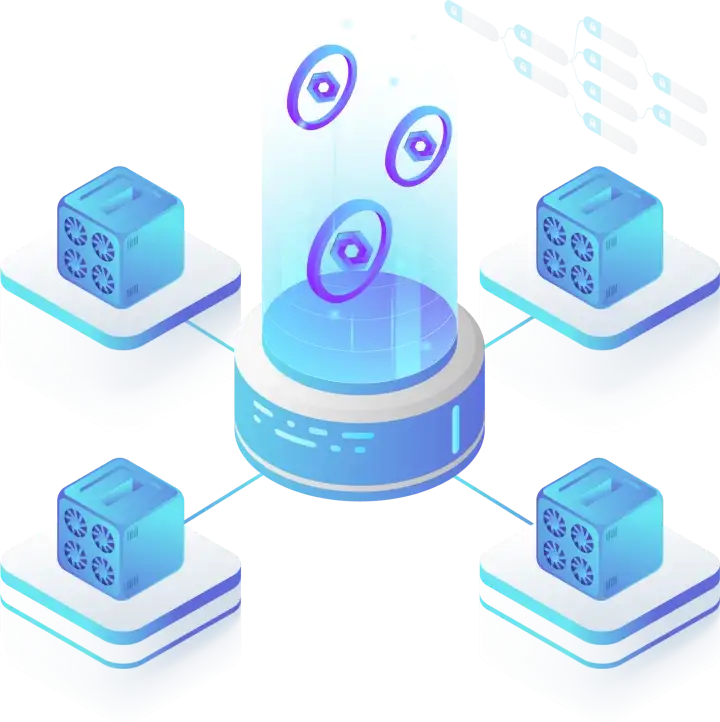
The cryptocurrency and decentralized computing ecosystem has grown significantly since the introduction of Bitcoin in 2009. In the past, blockchain technology was mainly used for transferring funds from one user to another. However, the introduction of Ethereum and smart contracts in 2015 expanded the capabilities of blockchain technology, allowing it to become a global computing platform and paving the way for the development of decentralized applications, or Dapps.
Today, there is a diverse range of Dapps available on smart contract-enabled blockchains, offering a variety of services such as decentralized exchanges, decentralized autonomous organizations, borrow-lend platforms, decentralized games, NFT protocols, metaverse platforms, and more. However, these Dapps are restricted by the limitations of their underlying blockchains, such as the inability to access off-chain data or interact with other blockchains. This has resulted in a fragmented ecosystem where each blockchain is isolated from the others and assets and services are not readily transferable between them.

To address these interoperability issues and create a more unified ecosystem, developers are working on solutions that allow for cross-chain communication and interaction. Wormhole plays a key role in this effort by enabling the seamless transfer of value and information between different blockchains. In the next section, we will delve into the history and challenges of achieving cross-chain interoperability, as well as the role Wormhole plays in this evolving field.

Cryptocurrencies are bound to their own blockchain, which has been a limitation of blockchain technology. Centralized exchanges (CEXs) were created to address this issue, but they have their own drawbacks, such as being centralized and only dealing with tokens. Decentralized exchanges (DEXs) were developed as a decentralized alternative to CEXs, but they can only use the tokens on their native blockchain. To access tokens from other chains, DEXs must be used in conjunction with bridges, which are applications that exchange “wrapped” assets on one chain for the original assets on another chain. However, bridges are often centralized and incompatible with each other, resulting in complex “double wrapped” tokens that require a complex unwrapping process to access the original token. The current ecosystem of fragmented liquidity, isolated user bases, and wallet incompatibilities is the result of these ad-hoc solutions. To address these issues and create a more unified ecosystem, Wormhole proposes a new approach to developing decentralized applications that leverages the strengths of each blockchain while addressing the limitations of the current ecosystem.
Wormhole is a protocol that enables interoperability between different blockchain ecosystems. It was introduced in 2020 by Certus One as a bridge between Ethereum and Solana, but has since expanded to support other blockchains and smart contract runtimes. In August 2021, Wormhole launched version 2 as a decentralized generic interoperability protocol for multiple blockchains. In addition to being a protocol, Wormhole is also an ecosystem and platform for developers to create and build decentralized applications. It consists of modular components that can be used independently and supports a growing number of composable applications developed by various teams.